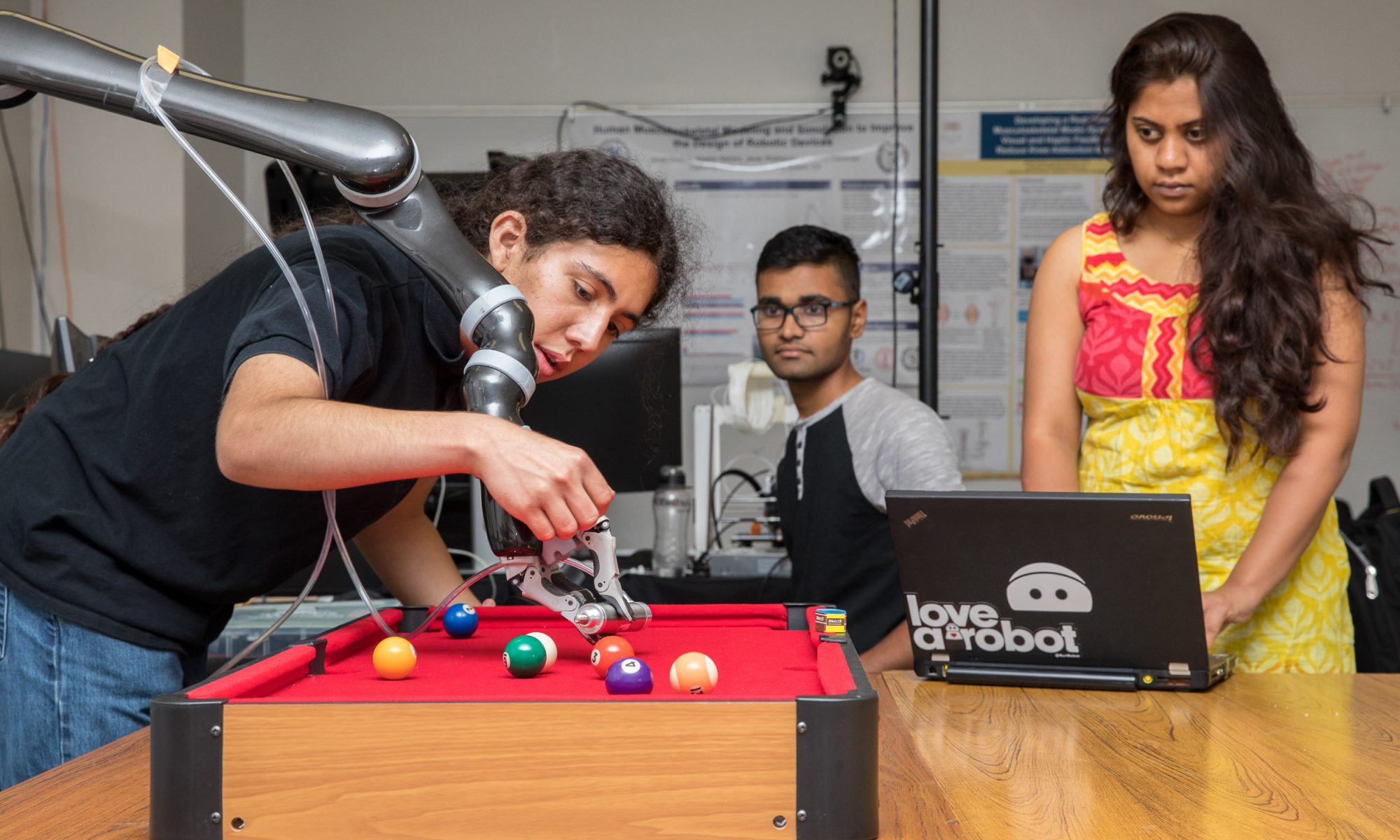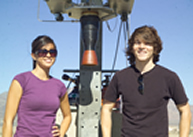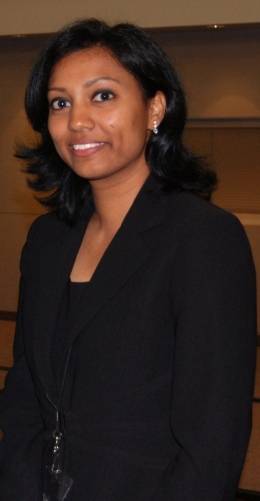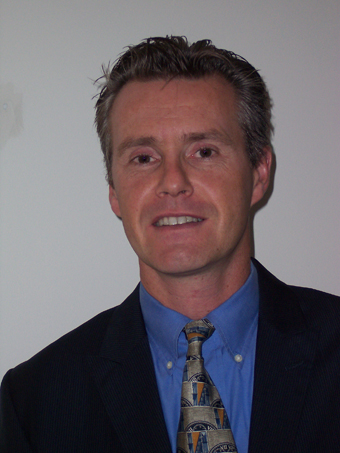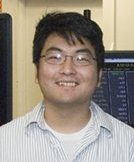MAE Students received the First and the Second Place Awards at the CSULB 2009 Student Research Competition – Engineering & Computer Science category. The competition was held at CSULB on Friday, February 27, 2009, and had 48 contestants in eight different categories. In the Engineering & Computer Science category there were five contestants (2 teams of 2 students and one individual entry), all of them from MAE department!
The award recipients are:
1. Christopher Bostwick and Andrea Smith (pictured at the right), First Place for their project: “Ceramic Matrix Composite Lined Rocket Engine”. They presented their design of a LOX/ethanol rocket engine used to demonstrate a ceramic-matrix-composite-lined ablative concept for increased engine performance. They designed and built the engine which was tested in Nov. 2008 and successfully demonstrated the concept. This work was funded by a Phase I NASA STTR with Hypertherm High Temperature Composites, Inc. of Huntington Beach, CA.
2. David Stout, Second Place for his project: “HawkSat-1 Innovative Component and integration Techniques for CubeSat-Class Satellites”. David Stout presented on the finished Cube Sat-Class Satellite, named Hawksat-1. His research found a way around the high failure-rate of past CubeSat-Class satellites that were launched by showing that Different Commercial-Off-The-Shelf products and can be fully integrated together to create a fully functional CubeSat-Class satellite–an idea that had not been tried before.
Additionally, Adam Vore and David Algarin also received “Honorable Mention” for their project: “Use of High Lift Devices on Tail-less Airplane Designs” (There is no Third Place winner). Normally, the First Place winner in each category will be sent to the CSU statewide(23 campuses) competition to be at CSULA. In the case of the Engineering winners, due to the high quality of their research work and their excellent presentations, the jurors recommended that both first and second place winners would be sent to the statewide competition.
View all the winners at: 2009 CSULB STUDENT RESEARCH COMPETITION
Chris Bostwick, Andrea Smith, and David Stout will represent CSULB at The California State University (CSU) Student Research Competition on May 1-2, 2009, hosted by CSU Los Angeles.
